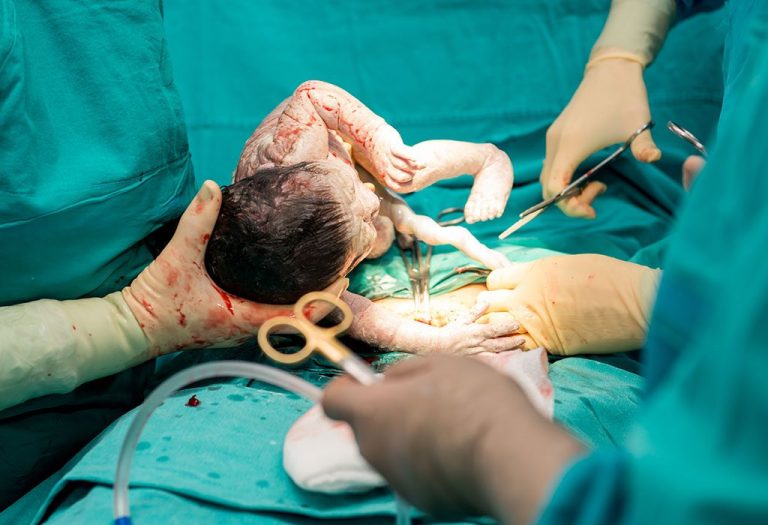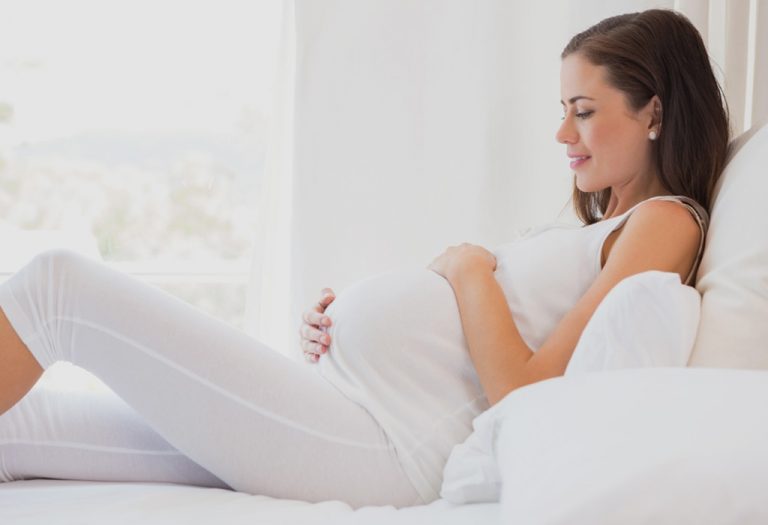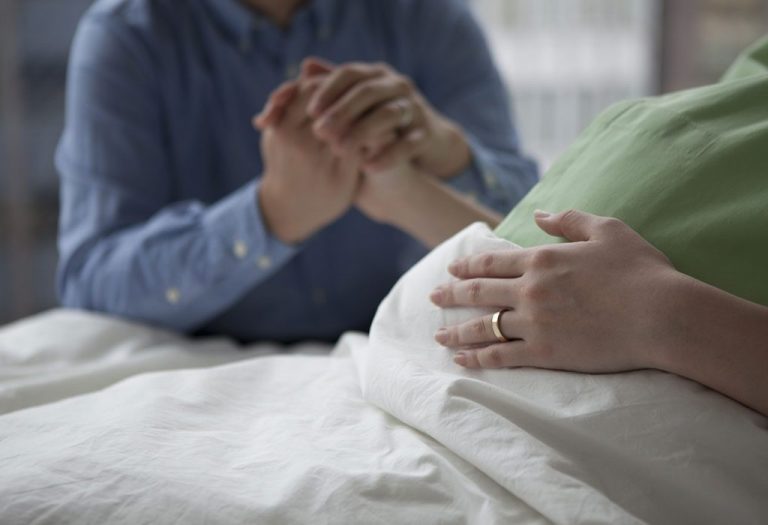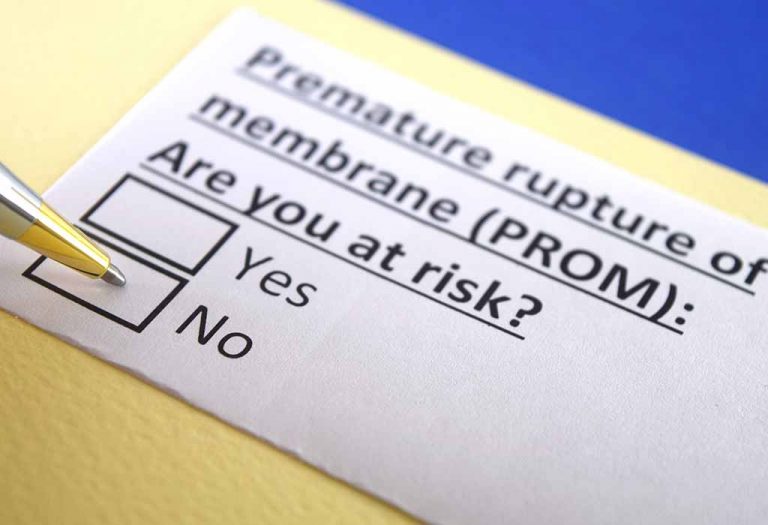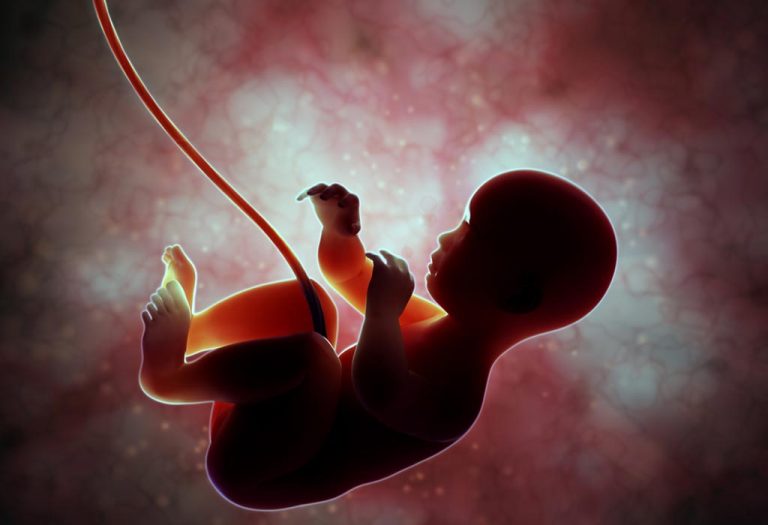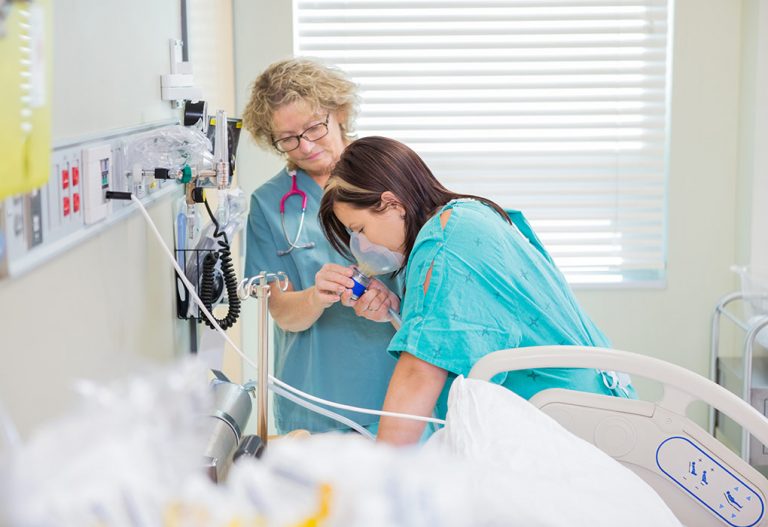Multiple or Repeat C-Sections – Risks & When It Is Recommended

Cesarean sections (C-sections) have become a common method of childbirth, often performed for medical reasons to ensure the safety of both mother and baby. When a baby is removed from a mother’s womb by a surgical procedure, it is called a Caesarean delivery or a C-section. A woman who has delivered her first child via a C-Section is more likely to deliver her subsequent babies through Caesarean deliveries, too. While many women successfully undergo a C-section without complications, the decision to have multiple or repeat C-sections carries certain risks and considerations. If you are wondering whether or not multiple or repeat Caesarean deliveries have any complications, then read the following article.
How Many C-Sections Can a Woman Have?
There are no fixed numbers in regard to how many C-Sections a woman can have. However, every time you go in for a Caesarean delivery, it may involve more complications and risks than the previous delivery (1).
If you have had a C-Section in the past, then it does not mean that your next delivery has to be a Caesarean. Many women can safely have a vaginal delivery after a C-Section, unless your doctor feels the need to deliver your baby through a C-Section. Your doctor will only recommend a Caesarean delivery for you if have some complications in delivering your baby normally, or in case you opt for it yourself.
When Is It Recommended to Have a Repeat Caesarean Section?
Delivering in a natural way or vaginal delivery is the best way to deliver a baby. But, sometimes, it may not be possible, because it may risk the mother’s or baby’s life, or because of some other complications.
Here are some reasons for which your doctor will recommend getting a C-section (2):
- If you have a vertical cut from the previous C-Section
- If you have a low-lying placenta or placenta previa
- If you experienced a uterine rupture in your previous delivery
Apart from the above-mentioned sure shot cases of C-section deliveries, there may be other times when your doctor may suggest that you go in for the surgery. However, it is up to you to take the final call. Here are some of the reasons (3):
- If you have twin or multiple babies
- If you are a pregnant woman who is forty or more than forty years of age
- If you have already had more than two C-Sections
- If you have had uterine surgery
- If your baby is in a breech-position or if you have gestational hypertension
- If you have had an extended surgical cut during your previous Caesarean delivery
- If you have been recommended to have labour induced, in case you are long overdue
Advantages of a Repeat/Multiple Caesarean Section
A repeat or multiple C-sections can offer several advantages, particularly for women with certain medical conditions or previous birth complications. Here are a few benefits of repeat C-sections to consider:
1. Less Anxiety and More Control
If you have already had a Caesarean delivery, that means you are aware of the procedure, and you also understand what it involves. Therefore, you are mentally and physically prepared for the surgery, and thus you may feel more in control and less anxious about the entire process.
2. Better Planning
You may be told the date of your surgery, and thus this gives you a better opportunity to plan for welcoming your baby. You may also plan for your leave and other important things according to date of your surgery.
3. Lesser Risk of Uterine Rupture
A repeated C-section puts you at a lesser risk of having a uterine rupture, in comparison to VBAC or vaginal birth after Caesarean. It is seen that one in every 200 women who go in for VBAC have a uterine rupture (4), whereas one in every 5,000 women who opt for repeat C-Sections may experience the same.
4. No Labour Pains
A Caesarean delivery saves you from the plight of going into hours and hours of labour pain. However, your stitches and tummy may remain sore for a few days after a C-Section, but you will receive painkillers and antibiotics to bear the pain and discomfort.
5. In Case the Baby Is Big
It will be difficult to deliver a bigger baby normally, especially if you have had previous Caesarean deliveries. Under such circumstances, your doctor may recommend for C-Section.
6. If You Have a High-Risk Pregnancy
In case your pregnancy involves complications, which may put your life or your baby’s life at risk, then your doctor may recommend for a repeat C-section.
7. No Vaginal Stitches and Heavy Bleeding
Normal delivery is good, but you may experience many post delivery drawbacks such as heavy vaginal bleeding, pain in the vaginal stitches, and you may even leak pee while laughing or coughing. All these can be avoided with a repeated C-section delivery.
These are some of the pros or advantages involved with repeated Caesarean delivery. Now, we shall be discussing various repeat C-section complications in the next section.
Risks of Having Multiple C-Sections
Whenever you undergo a Caesarean delivery, it puts you under various kinds of risks, and these risks may keep increasing with every surgery that you undergo (5). Following are some of the risks associated with multiple C-sections:
1. More Recovery Time
In comparison to a normal delivery, a repeat C-section recovery takes longer. As you keep having one C-section after the other, it may take a toll on your body, and your repeat C-section scar may take longer to heal, too.
2. Increases Your Risks of Having Bladder Injuries
During a C-section, your bladder is one area that is most likely to get damaged or affected due to the surgery. And, as you go in for subsequent surgeries, your bladder is more at risk of having injuries (6). Though bladder injuries are more common than any other injuries during the surgery, they can be fixed easily.
3. The Risk of Pulmonary Embolism
Whenever you go in for a Caesarean delivery, you are putting yourself at risk of having blood clots. These blood clots, which usually may occur on the legs or the pelvic region, can prove to be fatal. This is because they can rupture, and the blood may travel to the lungs. This condition is called pulmonary embolism (7).
4. Increased Problems with the Placenta
A number of C-sections put you at risk of having placenta-related problems in your future pregnancies. This is because after a high number of C-sections, the placenta may get too deep inside your uterine wall or womb (also known as placenta accreta) or it may cover your cervix (also known as placenta previa), in your subsequent pregnancies (8).
5. It May Cause Heavy Bleeding
Repeat C-sections may increase your risks of having heavy bleeding. This may usually happen after a third C-section. Sometimes, either a blood transfusion or removing a part of the full uterus may be considered to control heavy bleeding, though it may happen in very few cases (9).
6. Increased Surgical Adhesions
Every time you undergo an abdominal surgery, you put yourself under the risk of having surgical adhesions. These adhesions are painful and may lead to various internal organs to stick to one another.
7. Increased Risks to the Baby
Multiple C-sections put your baby at risk, too. Your baby is two times more at risk of being kept in a neonatal unit after delivery due to breathing troubles.
8. Your Chances of Infection
You are at a greater risk of having infections after repeated C-Sections. This is because the bacteria that are usually present in the vagina may enter the uterus. Thus, the woman may have an infection at the site of the incision, and in very few cases, the infection may spread to other organs of the body, too.
FAQs
1. Can I have a vaginal birth after a C-section (VBAC)?
VBAC is possible for many women, especially those who have had only one prior C-section with a low-transverse incision. However, it is not recommended if there is a high risk of uterine rupture or other complications. A thorough assessment by a doctor is necessary (10).
2. Will multiple C-sections affect future pregnancies?
Yes, multiple C-sections can increase the risk of complications in future pregnancies, including placenta previa, placenta accreta, uterine rupture, and difficulties in implantation.
If you are planning to have a baby after already having one or two Caesarean deliveries, please get in touch with a doctor, who will help you know your options, and also tell you about various risks and complications that may be involved.
References/Resources:
1. Gasim. T, Al Jama. F. E, Rahman. M. S, Rahman. J; Multiple repeat cesarean sections: operative difficulties, maternal complications and outcome; PubMed Central; https://pubmed.ncbi.nlm.nih.gov/23947081/
2. Cesarean Section; Johns Hopkins Medicine; https://www.hopkinsmedicine.org/health/treatment-tests-and-therapies/cesarean-section
3. Pregnancy and giving birth after a c-section (caesarean); Tommy’s; https://www.tommys.org/pregnancy-information/giving-birth/after-caesarean-section
4. Birth After Previous Caesarean Birth; Royal College of Obstetricians and Gynaecologists; https://www.rcog.org.uk/media/kpkjwd5h/gtg_45.pdf
5. Nisenblat. V, Barak. S, Griness. O. B, Degani. S, Ohel. G, Gonen. R; Maternal complications associated with multiple cesarean deliveries; PubMed; https://pubmed.ncbi.nlm.nih.gov/16816051/
6. C-Section; Cleveland Clinic; https://my.clevelandclinic.org/health/treatments/7246-cesarean-birth-c-section#risks-benefits
7. Caesarean section; NHS; https://www.nhs.uk/conditions/caesarean-section/risks/
8. MULTIPLE C-SECTIONS; University of Utah Health; https://healthcare.utah.edu/womens-health/pregnancy-birth/multiple-c-sections
9. Biler A, Ekin A, Ozcan A, et al.; Is it safe to have multiple repeat cesarean sections? A high volume tertiary care center experience; PubMed Central; https://pmc.ncbi.nlm.nih.gov/articles/PMC5673710/
10. Glover. A; Deciding Between a VBAC and a Repeat Cesarean: 7 Questions to Ask; American College of Obstetricians and Gynecologists; https://www.acog.org/womens-health/experts-and-stories/the-latest/deciding-between-a-vbac-and-a-repeat-cesarean
Also Read:
Elective C-Section
Recovery After a C section Delivery
Losing Weight After C-Section Birth
Was This Article Helpful?
Parenting is a huge responsibility, for you as a caregiver, but also for us as a parenting content platform. We understand that and take our responsibility of creating credible content seriously. FirstCry Parenting articles are written and published only after extensive research using factually sound references to deliver quality content that is accurate, validated by experts, and completely reliable. To understand how we go about creating content that is credible, read our editorial policy here.






